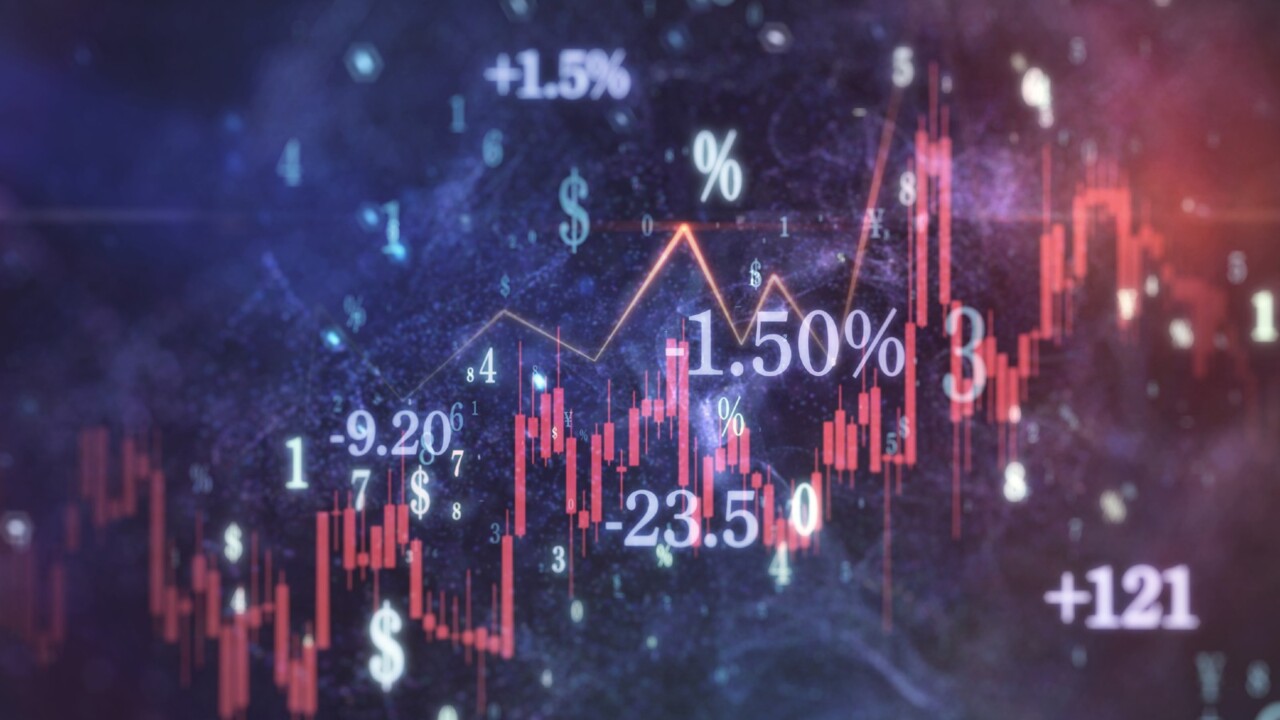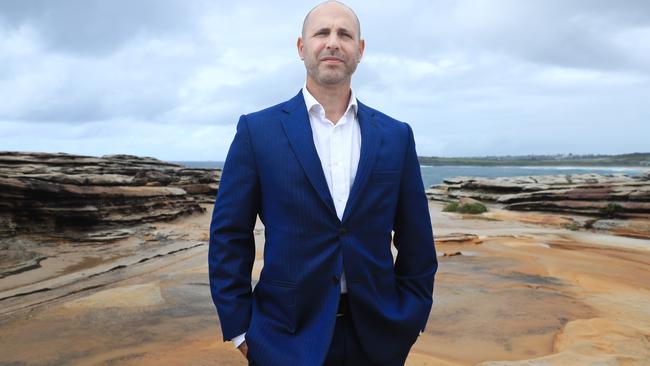Markets sense bigger US rate hike as inflation refuses to budge
Investors wiped $61bn off Australian shares after blowout CPI data from the US stoked fears its central bank will be forced to get more aggressive.

Investors wiped $61bn off Australian shares on Wednesday after blowout US inflation data sparked a bloodbath on Wall Street amid fears the Federal Reserve would act more aggressively to bring spiralling prices under control.
Suffering its worst day since mid-June, Australia’s benchmark share index dived 181 points, or 2.6 per cent, to 6828.6, its lowest close in the past five trading sessions.
The real state, IT, consumer discretionary and financials sectors led broadbased declines, with Goodman, Xero, Wesfarmers and Commonwealth Bank falling between 3.6 per cent and 5 per cent.
The S&P/ASX 200 lost as much as 2.9 per cent in intraday trade, falling to a low of 6808.6 in the wake of US stocks recording their worst day since June 2020.
The benchmark S&P 500 lost 4.3 per cent, its worst one-day fall since the depths of the pandemic, while the tech-focused Nasdaq Composite plunged 5.2 per cent and the Dow Jones Industrial Average fell 3.9 per cent.
The sell-off was sparked by US inflation unexpectedly rising 8.3 per cent year-on-year against a forecast of 8.1 per cent.
Bell Asset Management chief investment officer Ned Bell said the inflation reading was a wake-up call for investors.
“Markets had really adopted a position whereby inflation was going to start to dissipate materially from the end of this year and into next year,” Mr Bell said.
“The headline takeaway is inflation ain’t going away any time soon. What’s also starting to scare the market is it’s almost inevitable that unemployment starts to tick higher if the US Federal Reserve starts to get more aggressive.”

As equity markets tumbled, local bond yields surged. The 10-year Australian commonwealth government bond yield rose 6.5 basis points to 3.635 per cent and the three-year yield went up 9.4 basis points to 3.245 per cent.
The sharp reaction to the inflation reading was also felt in currency markets, with the dollar unwinding recent gains, diving 2.4 per cent to a four-day low of US67.25c.
Investors are now weighing the prospect that a more aggressive Fed may lift rates by more than the 75 basis points that had been expected prior to the inflation numbers, with the market pricing in a one-in-three chance the central bank will opt for a lift rates a full 1 per cent hike when it meets later this month.
Nomura head of Australian interest rate strategy Andrew Ticehurst said he saw faster and larger interest rate increases, not only in the US but Australia. “We think things were already leaning this way and US CPI data overnight and the likely Fed response – a 100-basis-point hike this month – will likely seal the deal,” he said.
Mr Ticehurst said he expected the RBA cash rate to peak at 3.5 per cent in February, up from 3.1 per cent previously forecast, while the market implied a peak near 3.82 per cent in June.
Forager Funds chief investment officer Steve Johnson said investors were also trying to get a handle on where the long-term US interest rate might end up.
“We’ve had a few months of people starting to get more confident that things were headed in the right direction, at least in terms of interest rates levelling off sooner than might have been anticipated a couple of months ago, and now we’ve got CPI data that’s got people back worrying about potentially higher interest rates again,” Mr Johnson said.
“I don’t feel like the probabilities have dramatically changed but I think the risks are still significant in both directions. Equity markets are not priced for 5 per cent and 6 per cent risk-free rates, that’s for sure.”
Mr Johnson said it wasn’t his base case that rates would hit that level, but that the risk was there. “It’s more likely that the volatile bits of inflation that have come down dramatically are going to start turning up in the lower core inflation over the next 12 months,” he said.
“We are in a genuinely uncertain environment and investors need to be trying to balance a portfolio that can cope with a fairly wide range of future scenarios. And to do that you buy stocks that are cheap enough. There are plenty of stocks that are priced at low multiples of their earnings where I think you can plug a 10 per cent discount rate into your thinking and still do pretty well.”
After Wednesday’s fall, the S&P/ASX 200 was down 2.3 per cent month-to-date and off 8.3 per cent year-to-date. It was also 10.5 per cent below the record high of 7632.8 reached just over a year ago.

The sell-off came after the local index had climbed 4.2 per cent over the prior four days, tracking gains on Wall Street, amid now dashed hopes that the Fed would soon slow the pace of rate increases.
Pella Funds Management managing director Steven Glass said a soft landing for the US was now looking “highly unlikely”.
“We think it’s probably going to be a hard landing. It’s really about the duration of the recession now,” he said. “Consumers are obviously very strong at the moment because of inflation, but real wages are declining. And so we are going to see consumption decline.”
On the equities front, Mr Glass warned earnings estimates and trading multiples were “too high”. “Broadly speaking, that means the market will decline. But there are many components to the market, there are parts that should hold up,” he said.
These segments included businesses that would benefit from the consumer trade down, such as discount retailers, he said. Healthcare was another sector he predicted would hold up in the down market.
With US markets looking increasingly challenged, LGT Crestone head of equities Todd Hoare said Australian equities looked “pretty attractive” in the global context.
“I don’t think we will have the same inflationary pressures that you will see globally. We’re a net energy exporter and I think the transmission mechanism for interest rates will allow the RBA some leeway,” he said.
More Coverage






